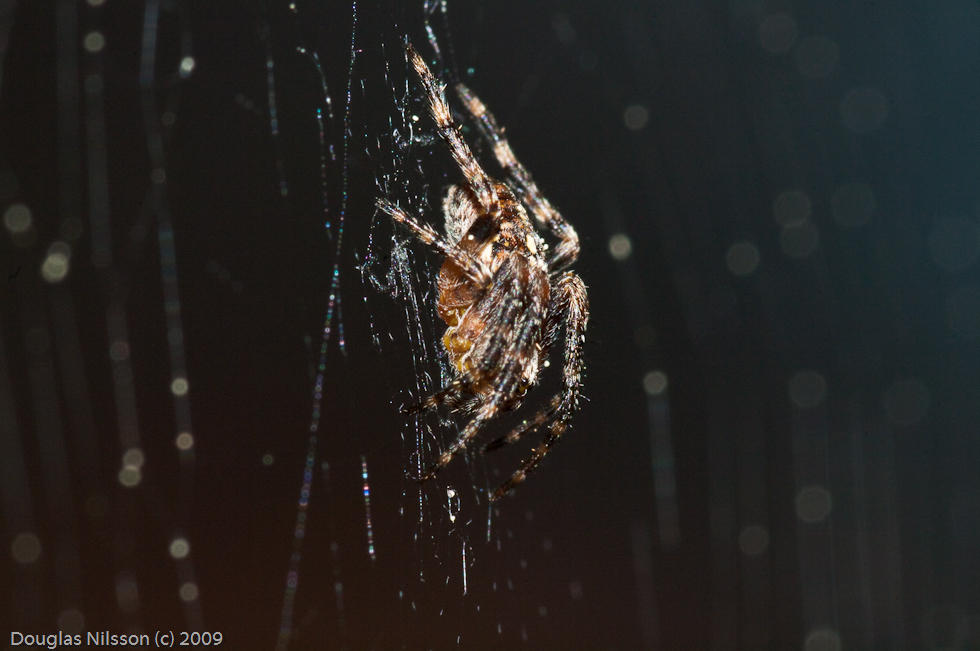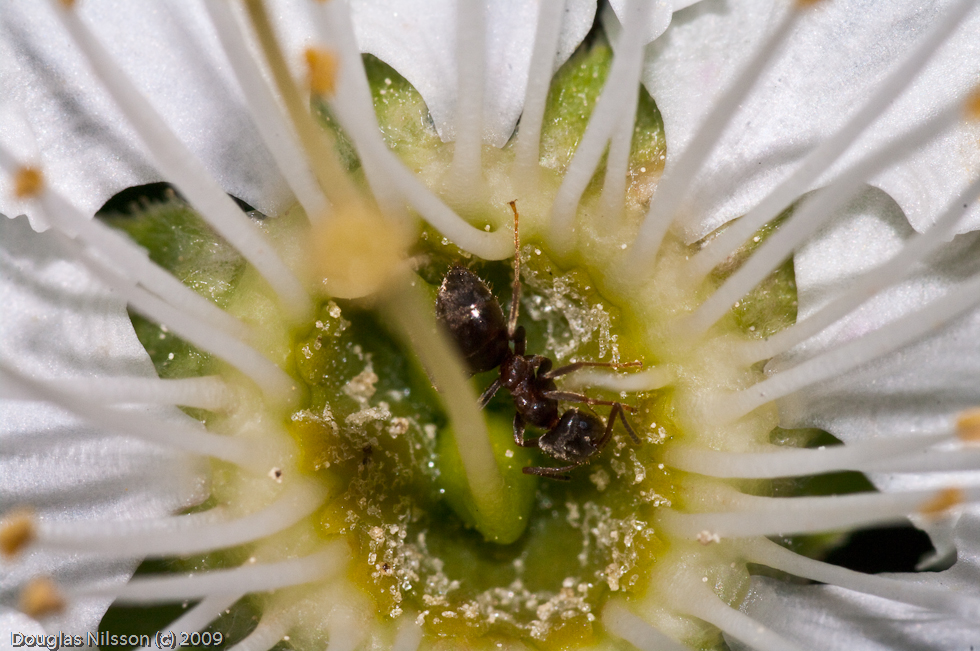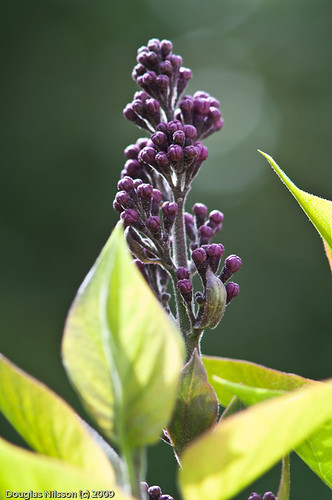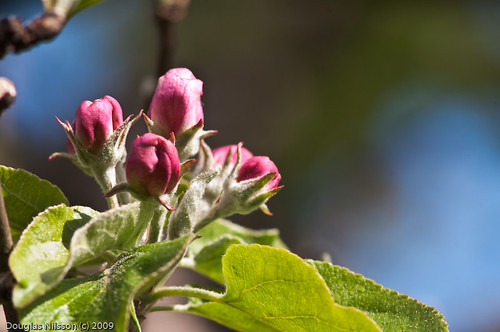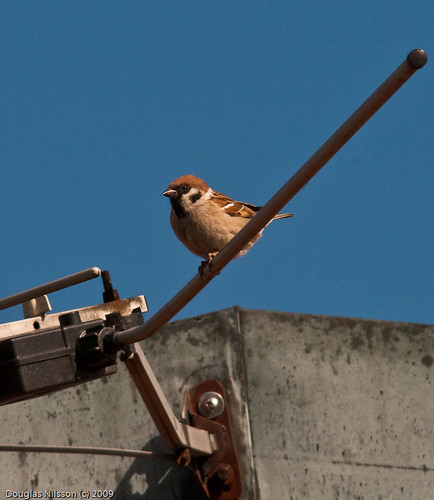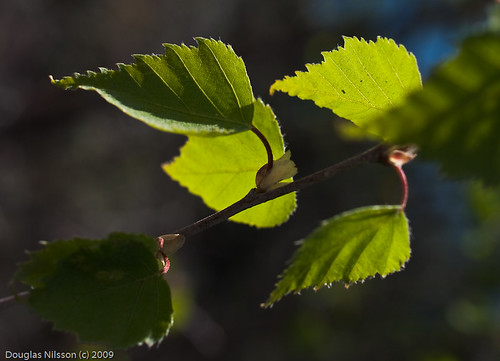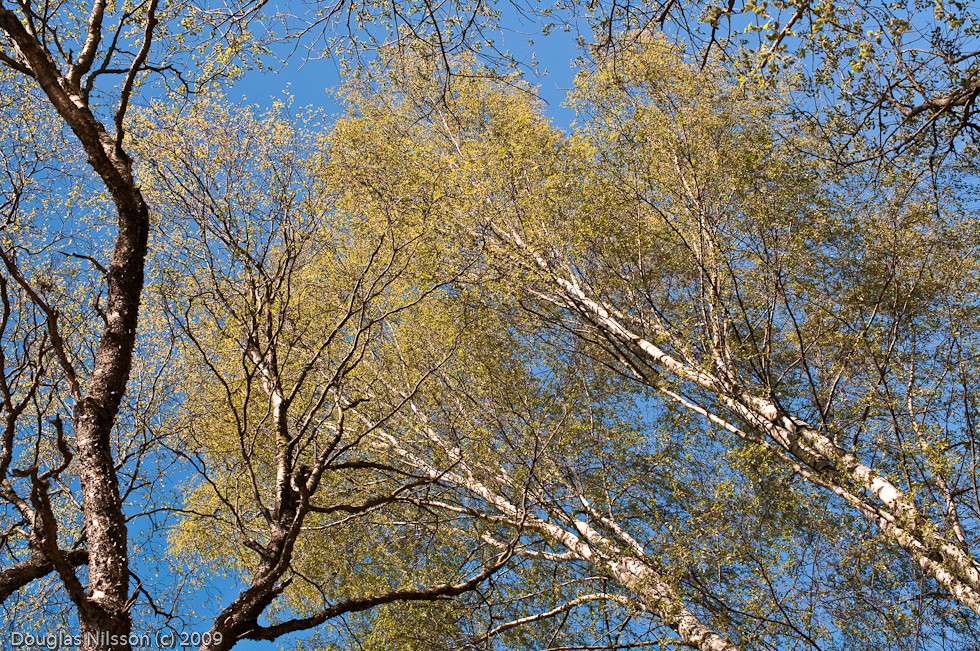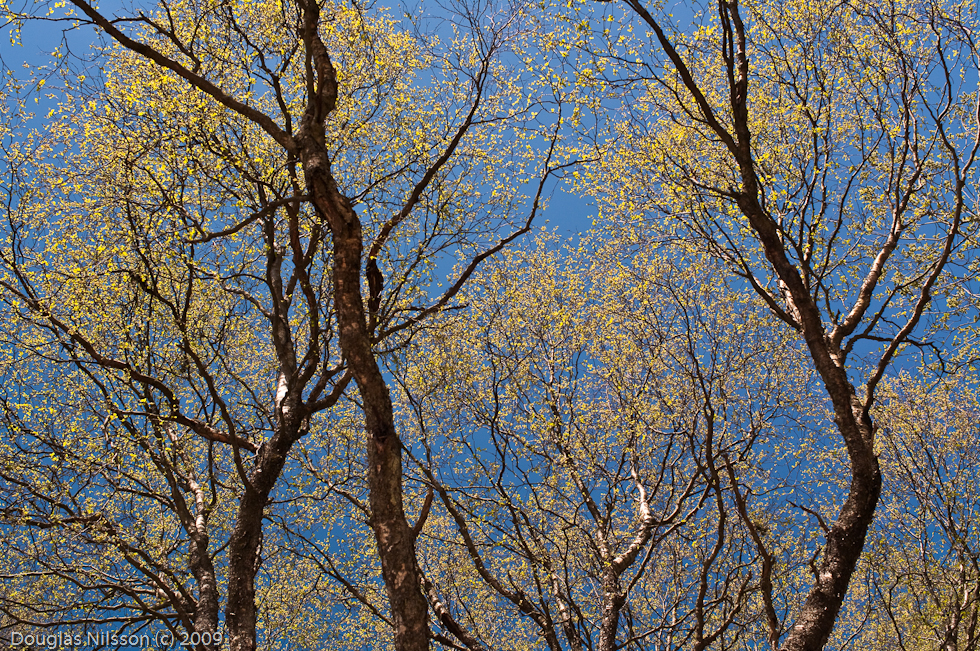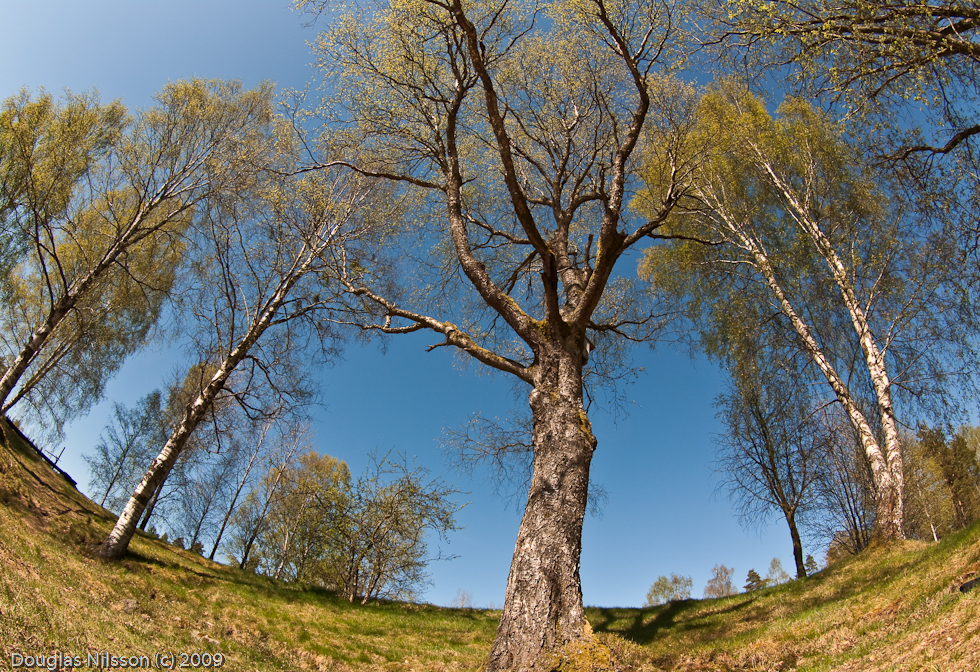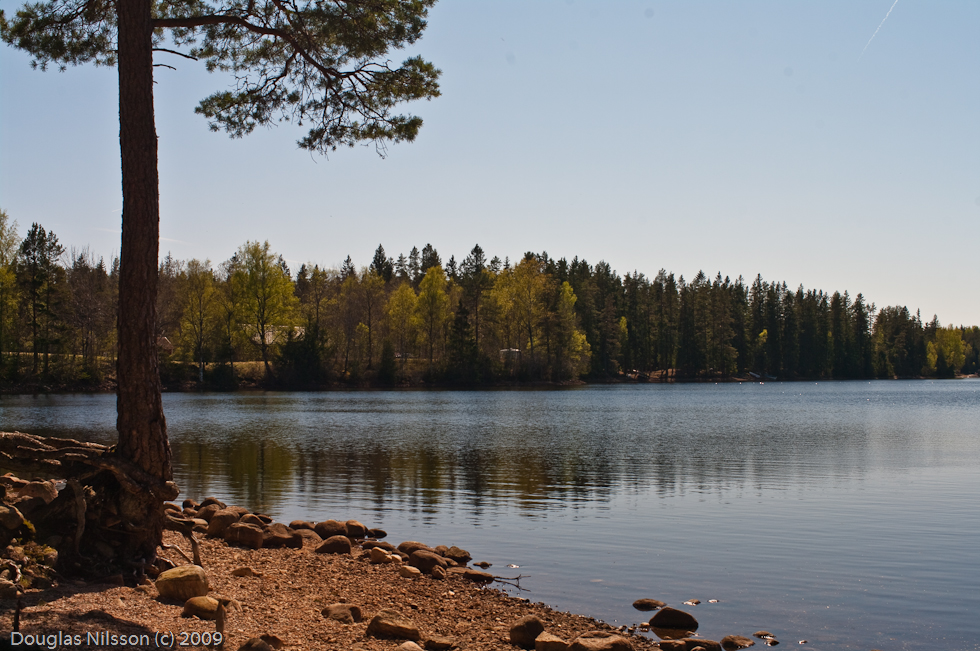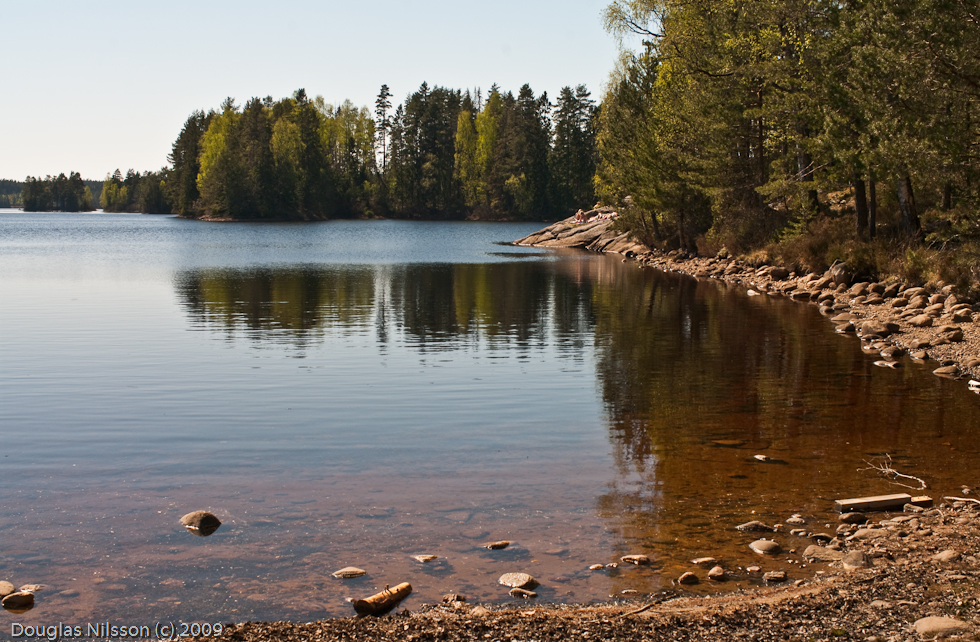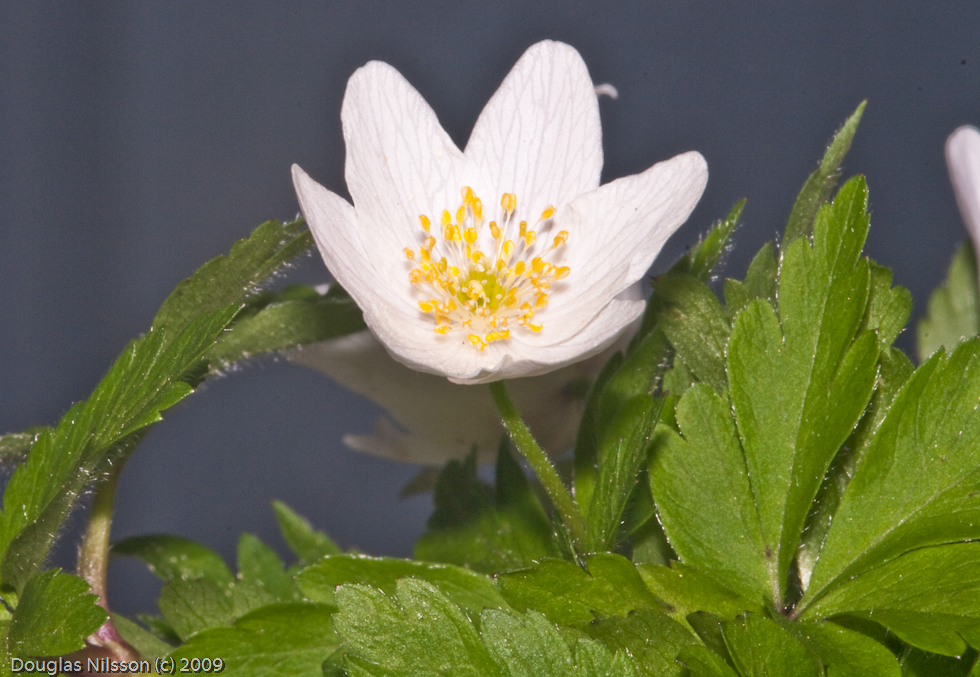 I'm often amazed by macro photo's taken by some photographers. What appears most difficult to me is not the technical side: how to get the picture sharp enough, bright enough, with enough DOF etc, but the estetical side: how do you compose a photo in macro, how do you remember to select the background to get a good bokeh, when you are trying to track a non-cooperative bug?
I'm often amazed by macro photo's taken by some photographers. What appears most difficult to me is not the technical side: how to get the picture sharp enough, bright enough, with enough DOF etc, but the estetical side: how do you compose a photo in macro, how do you remember to select the background to get a good bokeh, when you are trying to track a non-cooperative bug?I make my own humble attempts, mostly for the fun of it. Since our Swedish bugs are often not as large and nor as colorfull as many of those that that I've seen from for example the tropics, it will take some trick to impress with them. So what about macro greater than 1:1? That would give me a chance to both test the limits of the SMC Pentax-D-FA 100mm f2.8 macro lens and the new screwdrive/SDM autofocus tube that I've made out of a 2x converter.
Firstly, below are two shots of flowers from our garden, one of them some white Narcissus. These shots are taken at about 1:2 ratio. Then follows a single picture of a spider shot at near 1:1 using the built in flash. The real spider was not more than about 5mm in this position, legs included. Then I mounted the autofcous tube I've made out of an old Kenko 2x converter. It has both screwdrive gear and SDM contacts. With the DFA100mm macro it will of course focus using the screwdrive. Or will it? I had not tested it before. So it was interresting to see if it would allow autofocus to work on the lens. The tube is about 25mm. I think that results in a 100mm ~f4.2 lens with a maximum reproduction ratio of 2:1 (twice the real size).
And it did focus...most of the time. It worked best to set the camera on using just the center AF point. When focusing on a small spider in a net, it is not hard to understand that the camera might get confused when the spider is some 20cm away and the background behind the web was about 1-2 meter away. That caused some hunting, but as the web was moving in the wind (the spider sat thre calmly without being impressed by me or the camera), I was happy to have the AF.
Pictures turned out quite good with my standards. Below are two examples that turned out both in focus, OK exposed, and with a calm background with ok Bokeh. Handheld, a tripod would not have worked since the web was moving back and forth as much as 5cm in the wind, built in flash, 800 ISO, no cropping, only some minor changes in lightroom. It does look like a real monster, doesn't it? At 2:1 it cover about 50% of the width of the sensor, and does not have to stand back to any decimeter sized tropical spider, despite its mediocre 5mm in real size. As far as I can judge, this is a European garden spider (Araneus diadematus) aka diadem spider aka cross spider (korsspindel in Swedish), a female. A lady with hairy legs ;)
The flash caused some reflections in the web, but the lens combo appeared to be quite flare resistant. The first picture above is the only one with massive flare, but in this case it is almost a special effect. Finally, I took a walk around the garden to see if I could find some more motives, but the bugs were hiding. Except in the plum tree, where I was surprised to find that there were sitting an ant in almost every flower. I did not know that ants were eating pollen?!
